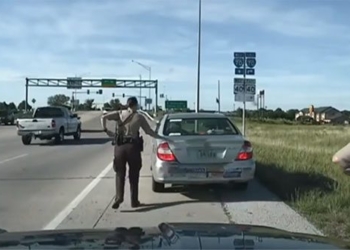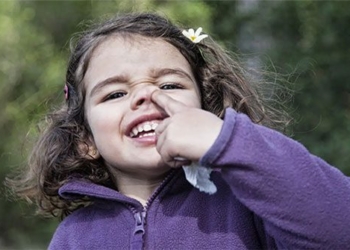The waste of dogs in public places not only detracts from the aesthetic appeal but also exposes humans to the risk of contracting difficult-to-treat bacteria.
Dogs often regard tree roots, grassy areas, and parks as their “paradise,” not just because they can run and play freely, but also because these spots are their favorite places to relieve themselves.

Dog waste is more common in parks, streets, where dogs are allowed to roam freely, and areas near parking lots (Photo: Xinhua).
However, for humans, unwanted exposure to dog feces puts us at risk of contracting hard-to-treat bacteria such as Salmonella, E. coli, and Giardia. Furthermore, dog waste washed into rainwater is a significant cause of water pollution.
According to a study from the University of Sydney, dog waste is significantly more prevalent in parks and large areas where dogs are allowed to roam freely, as well as in regions near parking lots.
This phenomenon relates to the natural habits of dogs, which frequently “mark their territory” on tree roots or cylindrical objects near major roads.
However, the habits of dogs are also significantly influenced by their owners. The research indicates that only a small fraction of dog owners train their pets to relieve themselves in designated areas. Meanwhile, the majority leave it to chance regarding the location and timing of their dog’s waste.

Dog walkers are key to solving the problem. (Illustrative image: AKC).
The study confirms that well-trained dogs can make a significant difference, regardless of whether they have a habit of relieving themselves in public spaces or on grassy areas.
In other words, the self-awareness of dogs is directly influenced by their owners. The decision by these individuals to train their dogs will be the “key” to tackling pollution in public places.
A small tip shared in some countries is to place water bottles on grassy areas to help prevent dogs from relieving themselves indiscriminately. However, there is currently no scientific basis explaining this action.
Some believe that dogs sometimes prefer to roam around and find the right spot to go. Thus, they may favor areas with fewer obstacles. In such cases, a grassy area filled with small bottles might make dogs feel “hesitant.”





















































